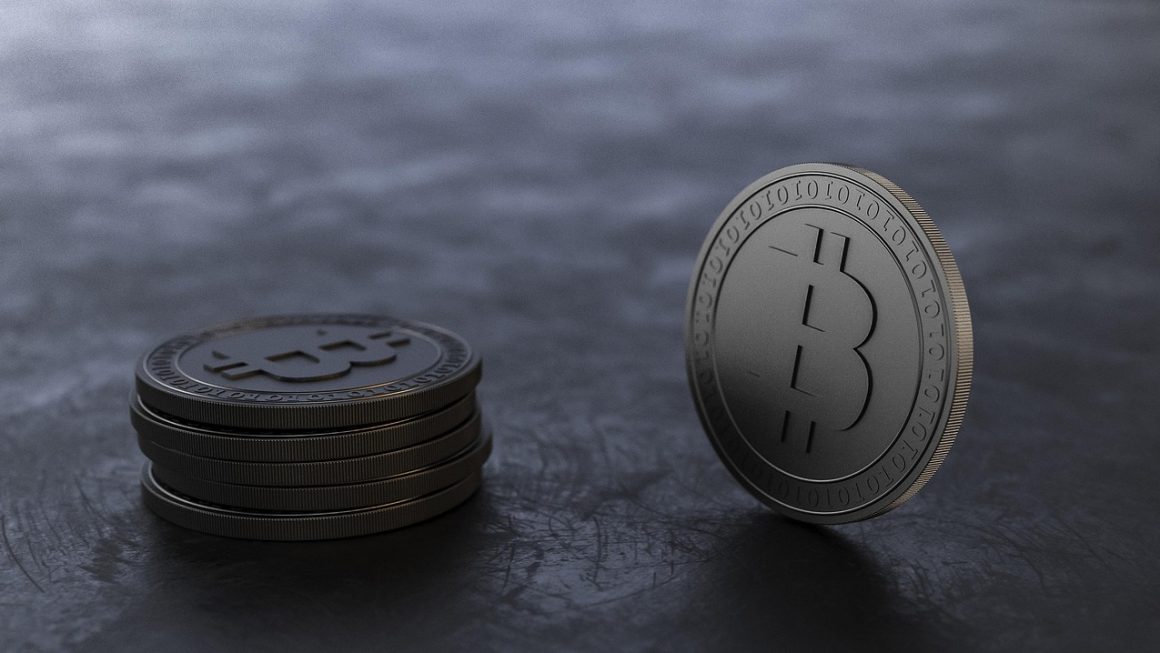Exploring the World of Forks: An Utensil’s Evolution
Forks have become indispensable tools in our culinary adventures, their prongs adeptly maneuvering through countless dishes. This humble utensil has undergone a fascinating evolution, adapting to diverse cuisines and dining etiquette.
History of Forks
Ancient Origins
The earliest known forks originated in ancient Mesopotamia around 1700 BCE. These rudimentary devices resembled skewers, used primarily for spearing meat.
Renaissance Refinements
During the Italian Renaissance (14th-16th centuries), forks gained popularity as utensils for eating pasta. The “forchetta” featured two prongs, allowing for easier twirling and eating.
Victorian Era Modifications
In the 19th century, Queen Victoria popularized the four-pronged fork, setting a standard that persists today.
Types of Forks
Dinner Forks
These classic forks are the primary utensil for main courses, featuring four tines and a slightly rounded shape.
Salad Forks
Smaller than dinner forks, salad forks have shorter tines and a narrower profile, designed for leafy greens and salads.
Dessert Forks
Delicate and ornate, dessert forks have smaller, three-pronged heads for cakes, pies, and other sweets.
Appetizer Forks
These petite forks accompany appetizers and hors d’oeuvres, with two or three delicate tines.
Materials Used for Forks
Stainless Steel
Durable and corrosion-resistant, stainless steel is the most common material for forks, offering a hygienic and long-lasting option.
Silver
Sterling silver forks add an elegant touch to formal dining. While beautiful, they require regular polishing to maintain their luster.
Plastic
Disposable plastic forks are convenient for picnics and casual gatherings but may not be as durable as other materials.
Benefits of Using Forks
- Improved Hygiene: Forks prevent direct hand contact with food, reducing the spread of bacteria.
- Enhanced Convenience: Forks make it easier to eat certain foods, such as pasta, meat, and vegetables.
- Social Etiquette: Using forks is considered proper dining etiquette in many cultures.
- Portion Control: Forks help control portion sizes, promoting healthier eating habits.
Conclusion
Forks have come a long way from their humble beginnings, becoming an integral part of our dining experiences. From ancient skewers to elegant silver cutlery, forks have evolved to meet the needs of sophisticated cuisines and refined dining. Whether you’re enjoying a formal dinner or a casual picnic, forks enhance the enjoyment of our culinary adventures.




